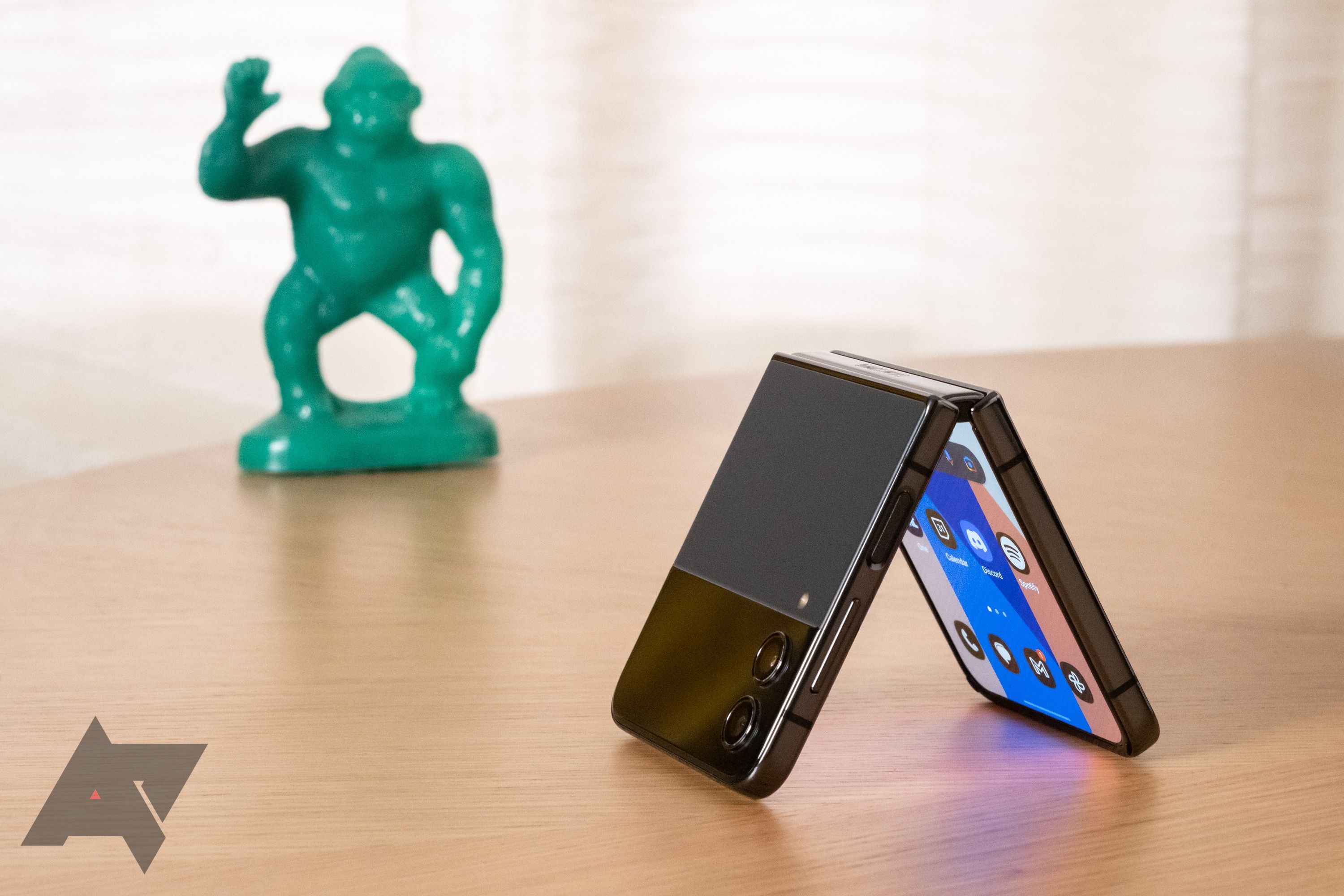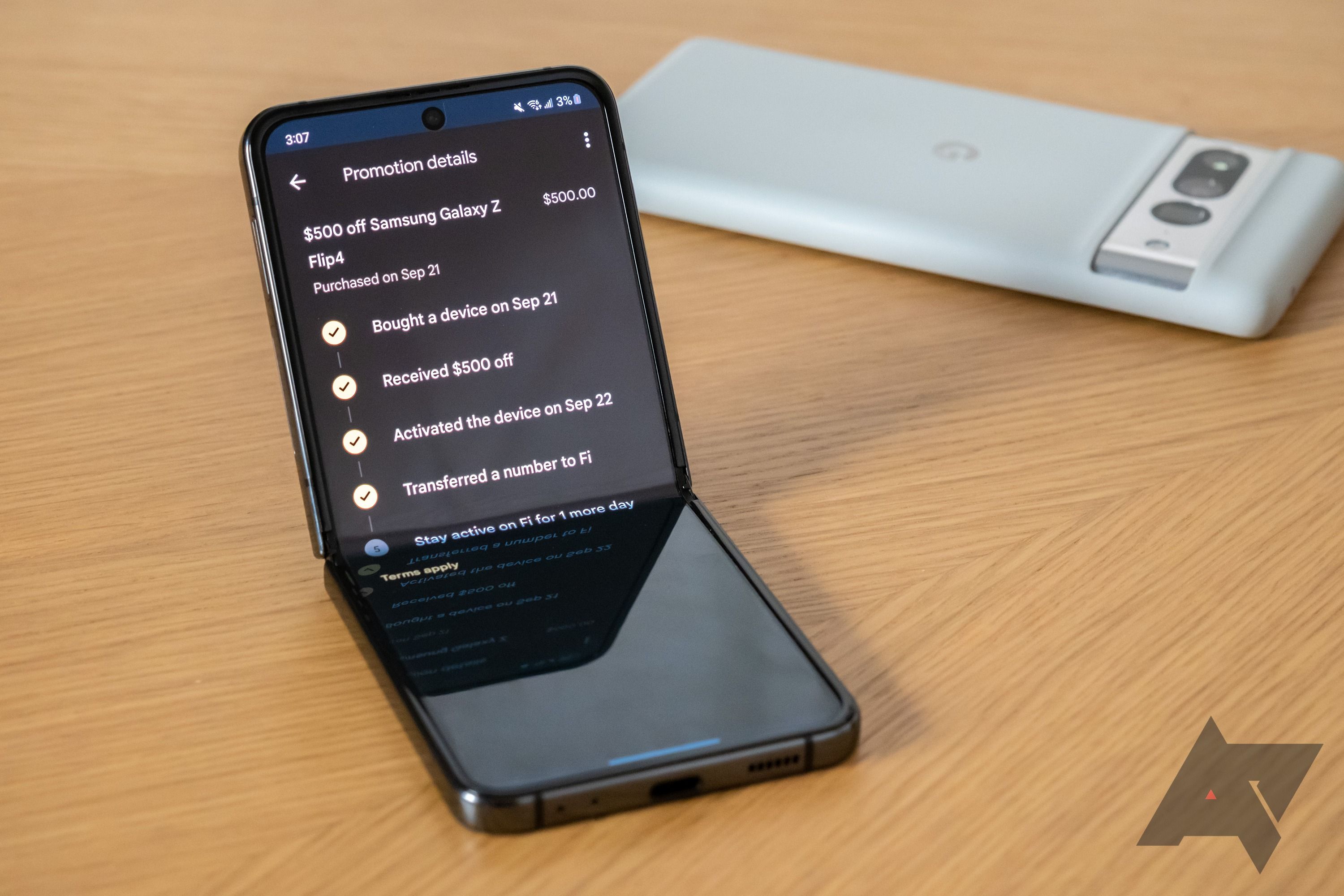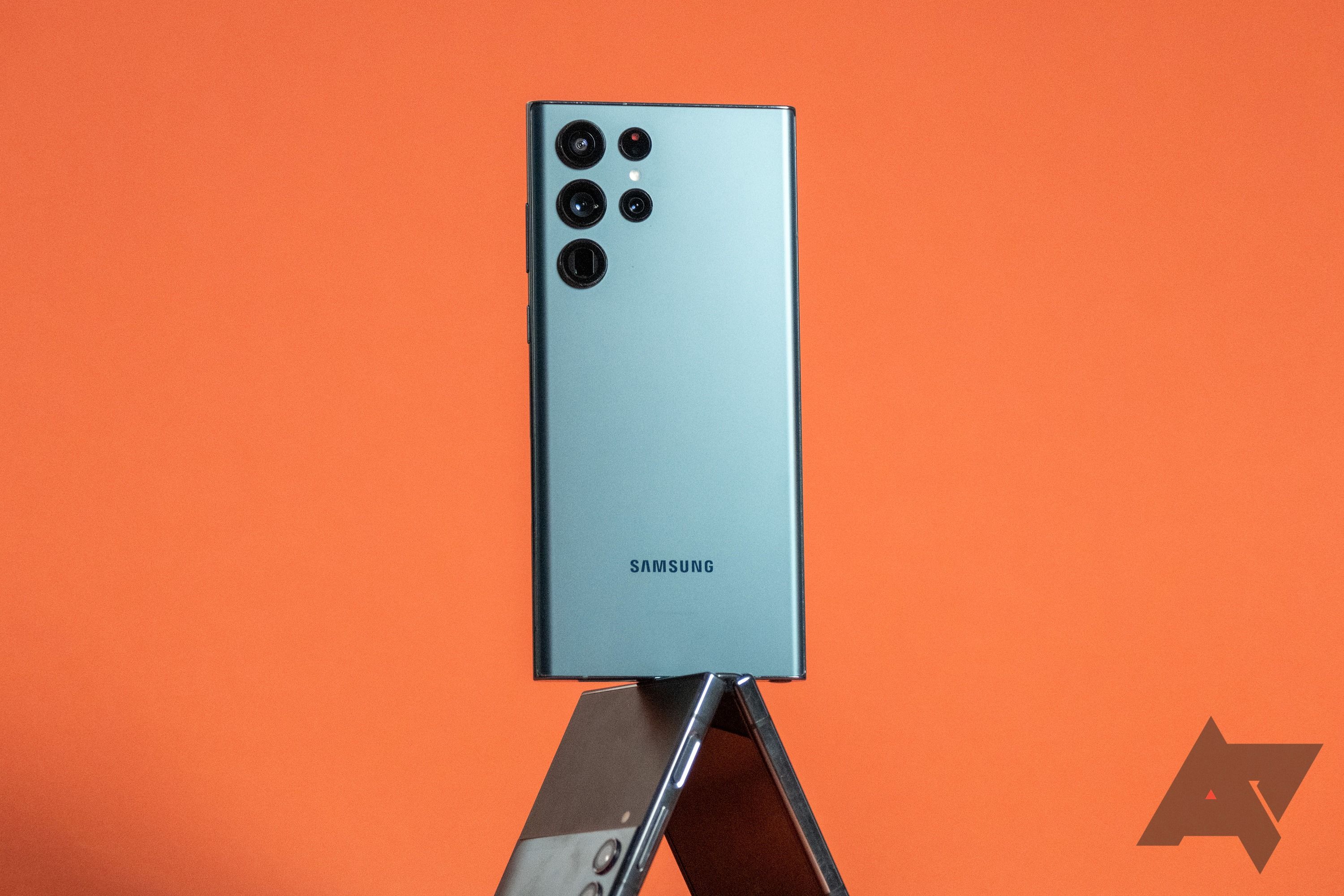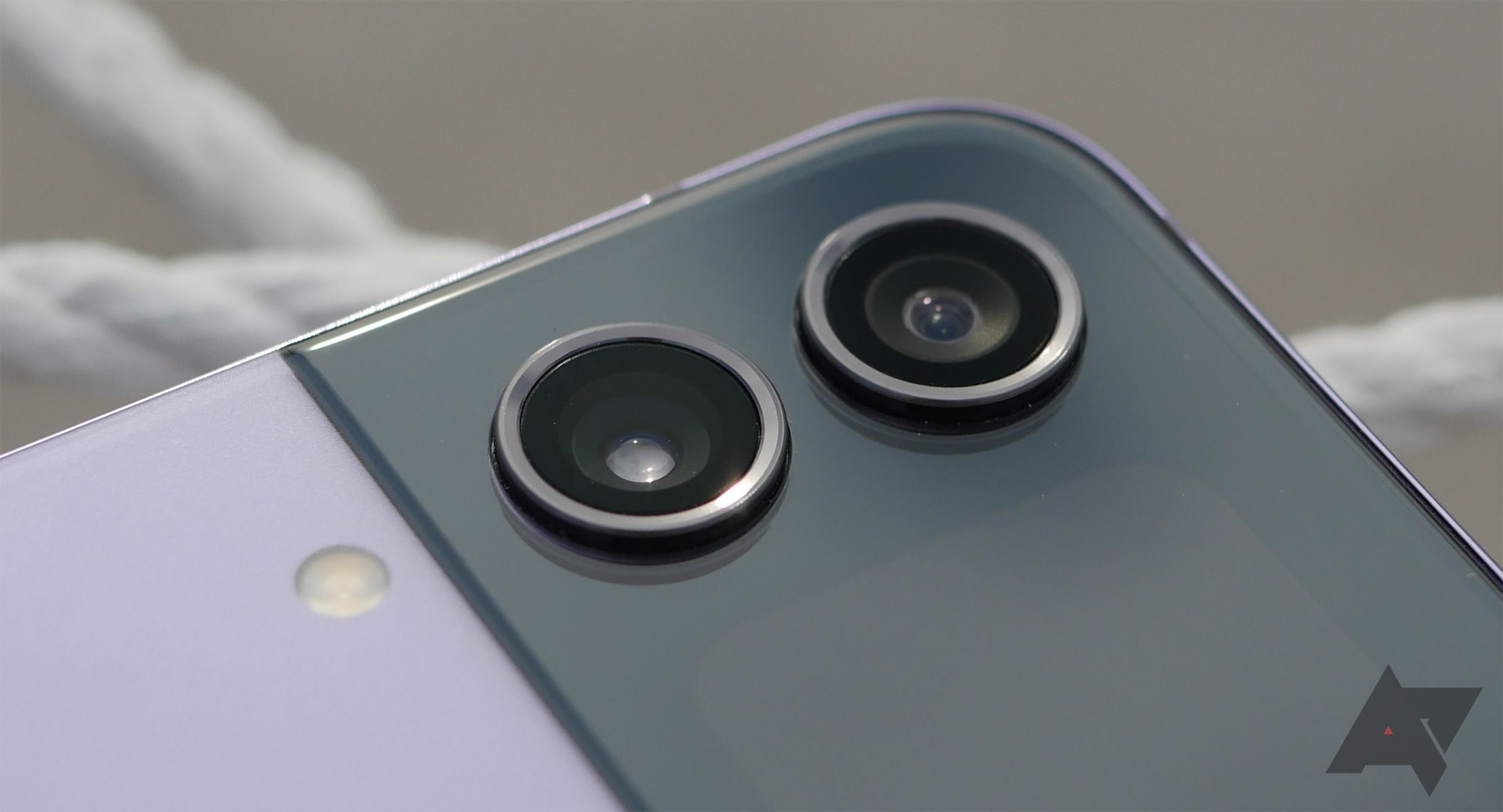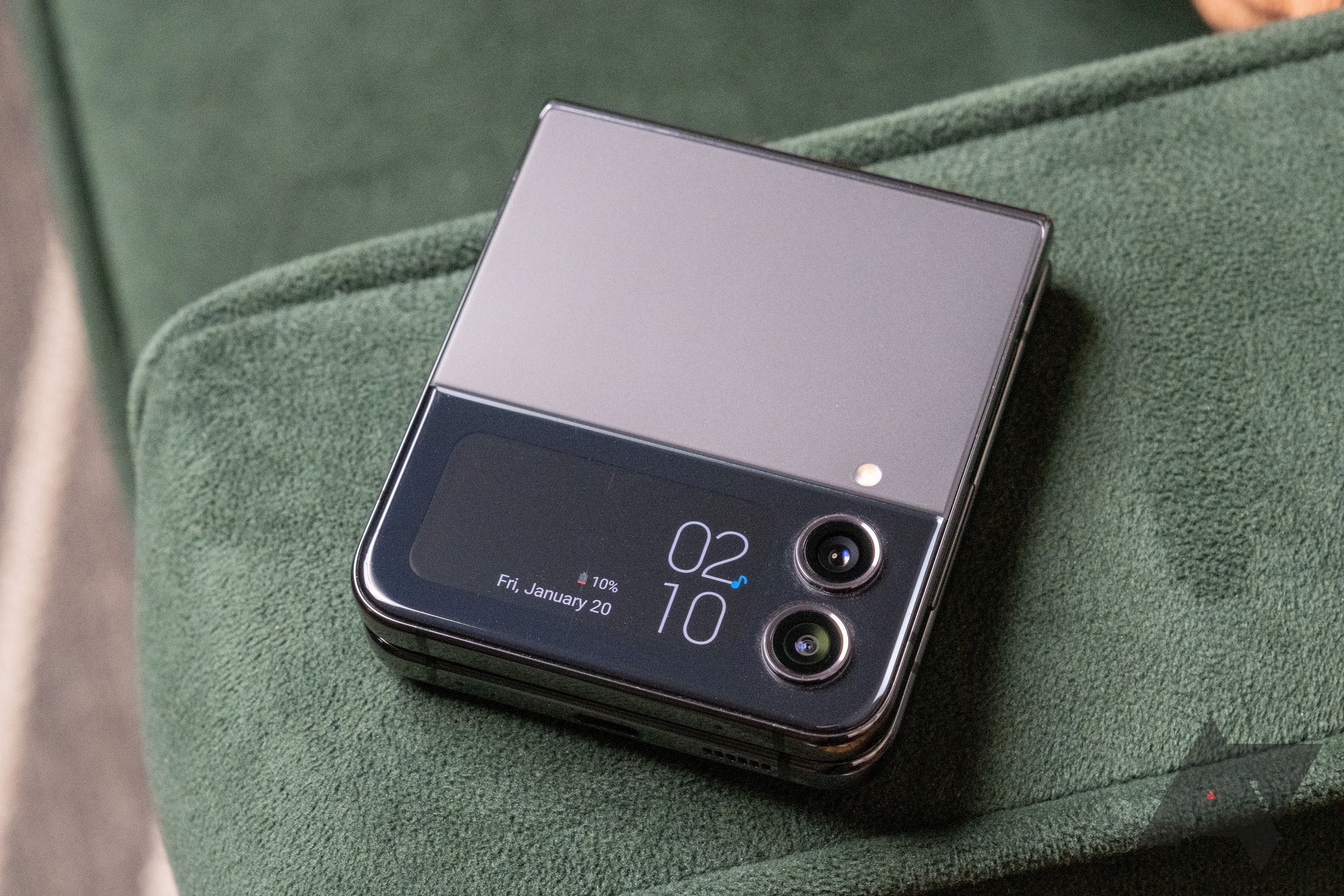As generational improvements in traditional smartphones have slowed, folding phones have seemed to me like a more and more interesting avenue. Outside a Galaxy Z Fold 3 I had access to for about a week, though, I'd never spent much time with one. That is, until last year, when a confluence of deals meant I could get a Galaxy Z Flip 4 at a very appealing price point. But having used the Flip full-time for four straight months now, I'm surprised to find just how eager I am to get back to the world of boring, non-folding phones again.
Being someone working in tech media, I have the privilege of easy access to lots of different devices. But if you'll indulge a little inside baseball: when someone like me gets a phone to review, it often comes after we've signed an agreement stating the device is on loan and must be returned to the company that supplied it upon request. The phones we use day to day often don't belong to us. This is how, last summer, I found myself surrounded by smartphones, but not actually owning one.
I gave away the last phone I purchased myself, an open-box Pixel 5, sometime in 2021, and I'd been moving my SIM from loaner to loaner ever since. But in September, a combination of promotions from Google Fi meant that I could get both half off a Samsung Galaxy Z Flip 4 (that's $500!) and free service through the remainder of 2022 if I ported my number in and kept it on the Flip for 120 days. I'd been on T-Mobile and eyeing a switch for some time anyway (if you can believe it), and I've always been curious about the Flip line, so it seemed like an opportunity too good to pass up.
AP has reviewed the Samsung Galaxy Z Flip 4. At the time, Stephen said "it seems like Samsung has reached a point with its engineering and sales that there's no reason to feel afraid of foldables any longer." I almost agree. The Z Flip 4 is an incredible piece of technology, and for most of what most people need a phone for, it's entirely adequate. That in itself is a feat; the phone bends in half.
My justification for jumping on the Flip 4 was that I should probably own some phone (and that it was on sale), but if I'm honest with myself, the Flip 4's magnetic novelty is what drove me to plunk down money on it — it's just so neat.
That initial infatuation lasted about three weeks. After months of putting up with the compromises still inherent to the Flip's form factor, I'm tired of using this thing.
I'm a small-phone evangelist, and the Flip's folded footprint has been a definite highlight in my time with the phone; I love that it fits neatly in the chest pocket of jackets and even shirts without poking out the top. It's still a big phone when it's unfolded, though. I know that's kind of the whole point, but the Flip's interior screen is so tall, one-handed use is dicey. It's narrower than most phones, but unfolded, the Flip 4 is only marginally shorter than the Galaxy S22 Ultra.
The Flip 4 also takes a little caution to open without feeling like it's liable to tumble to the ground — popping it open one-handed is not an elegant maneuver. I've really missed being able to easily pull my phone out of my pocket, unlock and interact with it, and put it back while, say, holding a cup of coffee in the other hand. It's hardly impossible with the Flip, but it's awkward at best. I can see this being a perk, too, for someone looking to curb compulsive smartphone use, but for me, it's mostly just meant more neglected notifications.
My biggest problem with the Flip 4 is its camera setup.
I expected battery life to be a bigger thorn in my side; the Flip 4 has a total of 3,700 mAh powering two displays, one of which is full-size and 120Hz. It's plenty possible to kill the thing by afternoon on especially phone-heavy days, but I typically don't need to charge until later in the evening. Not ideal — but manageable.
My biggest problem with the Flip 4 is its camera setup. Its rear cameras, a standard 12-megapixel wide angle and a 12-megapixel ultrawide, are flatly not good enough for a phone that retailed for four figures just last year. Hell, in light of killer midrange options like the $450 Pixel 6a, the Flip 4's cameras aren't even impressive for the $500 I paid.
The Flip's camera shortcomings are, of course, most obvious in anything other than ideal light: in even moderate darkness, the shutter lags and the phone regularly goes for longer exposure times than are necessary (or helpful), resulting in missed and blurry shots. In brighter settings, it tends to overexpose, creating photos that look sharp enough, but appear flat and lacking in contrast.
In my whole four months with the phone, I don't think I ever got a shot I liked just pointing and shooting — it's always required fiddling with exposure before or editing after the fact. I'm so dissatisfied with the Galaxy Z Flip 4's camera performance, I've taken to carrying two phones when I'm going somewhere I think I might want to take pictures but won't want to lug a dedicated camera around.
My promo requirement is coming to an end; by the time you're reading this, I'll have had my personal number on the Z Flip 4 for 120 consecutive days. I'm popping my SIM back in a regular phone and keeping it there. My problems with the Flip aren't entirely about its folding nature, but also largely the choices Samsung had to make to keep its price at all realistic. That custom folding hardware is pricey, and flagship-quality cameras or bigger batteries jammed in even tighter would only drive the already-premium MSRP up further.
These months have given me a newfound respect for Samsung's engineers; the Galaxy Z Flip 4 really is an amazing object to interact with. But practically speaking, it's just not an especially good phone compared to others you can get for the same (or less) money. If, like me, you're drawn to the wow factor of folding phones, but you're leery about what you'll be giving up for the novelty, your concerns aren't unfounded. Bendy phones are amazing, but they're still not ready to replace their more rigid cousins.
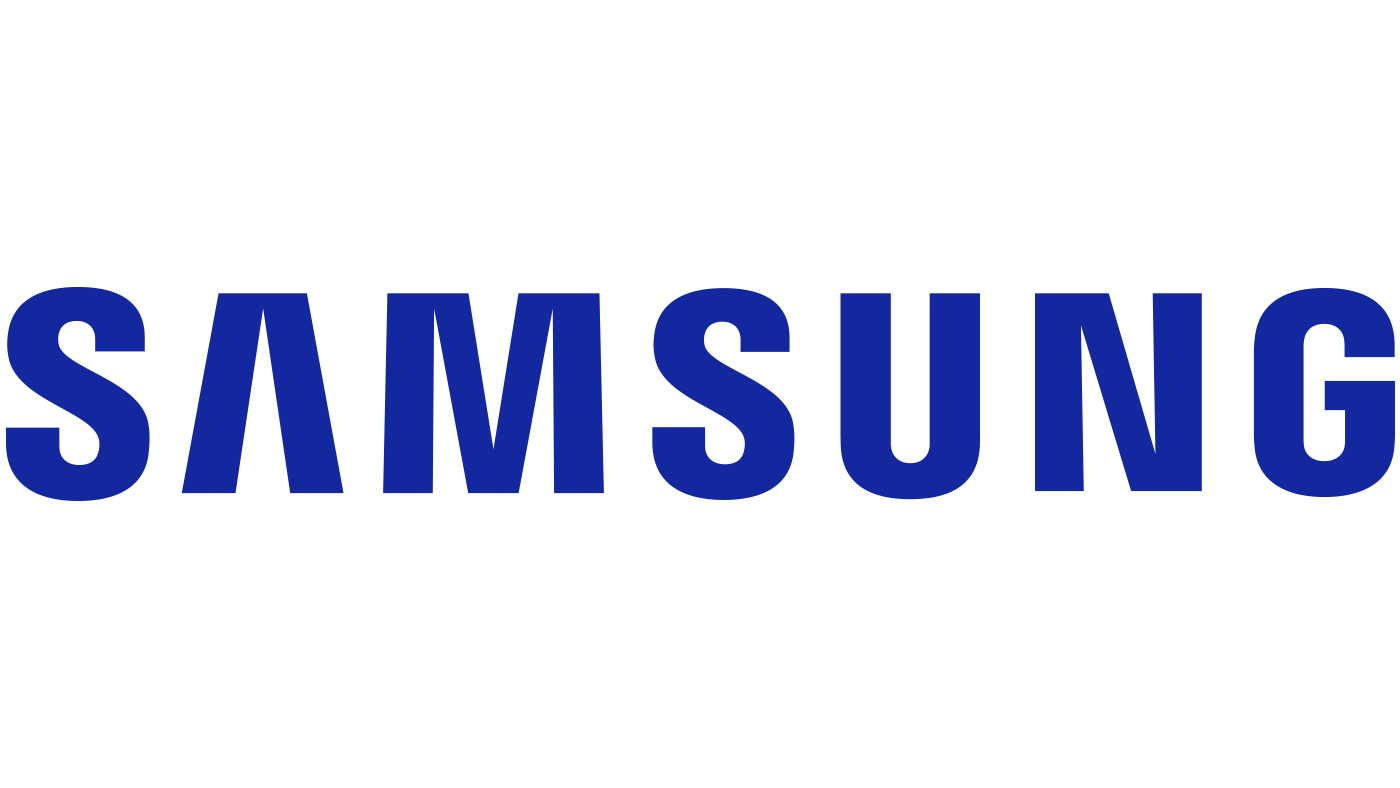
Samsung Galaxy S23 Series
After months of rumors, hints, leaks, and teases, Samsung's flagship phones — the normal ones that don't fold or cost a full mortgage payment — are within reach. Their official debut is February 1, but if you already know you're buying one, you can save $50 if you reserve just a phone, and save $100 when you preorder it alongside a new Galaxy Book. Best of all, reserving the phone is free, so if for whatever reason you don't like what you see, you're not out any money if you decide not to buy.

